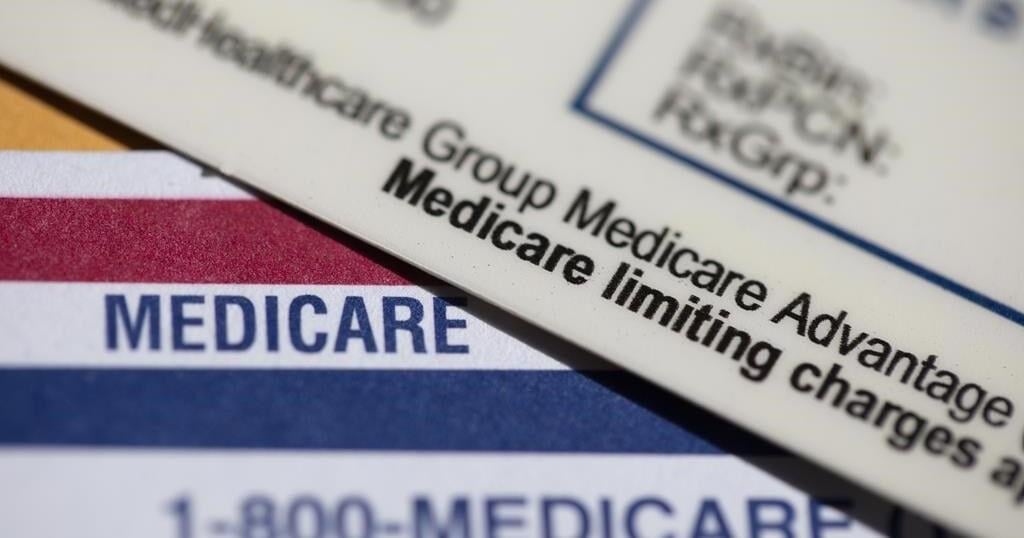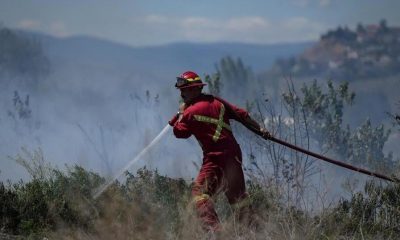Medical staff members carry a patient into the Jinyintan hospital, where patients infected by a mysterious SARS-like virus are being treated, in Wuhan in China’s central Hubei province on January 18, 2020.
The Public Health Agency of Canada has updated an advisory for travelers to Wuhan, China, in the wake of a outbreak of a mysterious virus that has killed two people and sickened dozens.
Chinese New Year begins on Jan. 25, and the number of travelers is expected to increase. The agency said risk to Canadians visiting Wuhan is low, but that precautions should be taken.
At Canadian border points, planned additional measures to be implemented over the coming week include messaging on arrivals screens at the Toronto, Montreal and Vancouver international airports; reminding travelers from Wuhan to inform a border service officer if they are experiencing flu-like symptoms and an additional health screening question to be added to electronic kiosks said the public health agency in a statement
Screening measures have been implemented at ports of entry in some neighbouring countries for passengers arriving from Wuhan. There have also been reports of people infected with coronavirus outside of China who had recently traveled to Wuhan.
The health agency’s notice to the Canadian public remains at a Level 1, which advises practising usual travel health precautions, such as routine vaccinations and reminders about the the importance of hand washing. Travelers to Wuhan are advised to take precautions against respiratory and other illnesses while traveling and seek medical attention if they become sick.
Related
Travelers are also cautioned to avoid high-risk areas such as farms, live animal markets, and areas where animals may be slaughtered; avoid contact with animals, alive or dead, including pigs, chickens, ducks and wild birds; to avoid surfaces with animal droppings or secretions on them and to avoid contact with sick people, especially if they have fever, cough, or difficulty breathing.
“Spending time in large crowds or crowded areas can increase your risk of getting sick,” according to a travel health notice from the agency, the federal body responsible for public health, emergency preparedness and response, and infectious and chronic disease control and prevention.
In a statement sent in response to questions from this newspaper, the Public Health Agency said the risk to Canadians has been assessed as low because Canada has no direct flights from Wuhan and the volume of travelers arriving indirectly from Wuhan is low. Canada also has a number of standard border measures in place to prevent the introduction and spread of communicable diseases into Canada, said the statement.
When a traveler shows signs and symptoms of an infectious disease upon arrival, Canada Border Services Agency officers or airport and airline staff can contact a quarantine officer 24 hours a day, seven days a week.
Typically, a border services officer, designated as a screening officer under the Quarantine Act, is the first point of contact and they will conduct a preliminary screening of the traveler based on criteria — such as fever or signs of fever, coughing, difficulty breathing, rash and other symptoms — developed by the Public Health Agency of Canada.
The officer then performs a more detailed assessment by asking additional questions regarding the traveler’s symptoms and confirming information about the traveler’s country of origin and possible exposure to an infectious disease, said the Public Health Agency’s statement. If there is a potential public health risk, the quarantine officer may order the traveler to be transported to hospital, or to report to the local public health authority.
“Entry screening alone is not a guarantee against the possible importation of this new virus but is an important public health tool during periods of uncertainty and part of a multilayered government response strategy,” said the statement.
ALSO IN THE NEWS
Ottawa police charge man, 26, with gun, drug crimes in ByWard Market patrol
‘Like becoming part of a family:’ 74 become Canadian citizens at hockey rink ceremony























